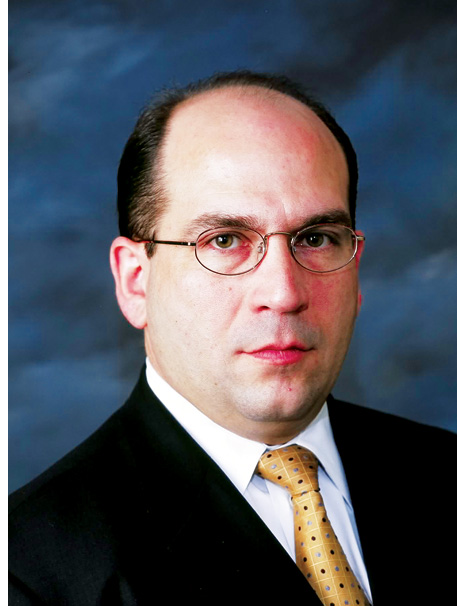Specifically speaking: Christopher Grniet

By Martha Entwistle
Updated Mon June 16, 2014

1. How does physical security fit into the overall picture at Guidepost Solutions and what's your role?
Guidepost Solutions is a global investigations and security consulting practice. The vast majority of our practice is focused on risk management for our clients in the protection of their personnel, assets, and reputation. The core mission of our security consulting practice, branded as Technology Design Consulting, is to address the physical security aspects of our clients' risk management programs. We perform threat, risk, vulnerability and program assessments that include every aspect of an organization's or individual's risk mitigation and protective strategies through the planning, development and implementation of operational, technical and physical security measures. As the New York regional VP, I am one of the practice leaders responsible for the growth and success of business globally. With over 27 years in the security industry, I have consulted for residential/personal protection to large multinational organizations such as the United Nations, and have included security master planning strategies, systems deployments, policies and procedures, organizational and budget structures, and CONOPS to address the unique risk and threat variables faced by each client. In addition, my practice supports our integrity monitoring, compliance and investigations practice areas, and vice versa, as a natural extension of the value chain to better serve our clients.
2. Guidepost gets involved with long-term security services for its customers. It's a different model than most security specifiers I've spoken to. Why does this approach work for Guidepost?
As one of the largest independent security-consulting firms, one of our primary objectives is to deliver unbiased value-oriented solutions and services to our clients. We recognized that some of our clients might need continued support in the maintenance and administration of their technology programs from a trusted partner who could ensure their interests were protected, but who could not justify onboarding full time employees in these support roles. In response, we developed our managed services program, which provides a host of remote/centralized system support tools to a number of clients including system programming and commissioning, credential management, access provisioning, report generation, and systems diagnostics and service dispatch. This service team is comprised of certified and experienced systems administrators and former installers who support our clients globally. We believe the greatest value lies in our team's ability to remotely identify and diagnose systems issues in real time. Subsequently, the team will dispatch the client's service and maintenance contractor, providing them with a clear understanding of the tools, parts, and time necessary to take corrective actions to ensure the system is functioning optimally, thereby avoiding potential delays and additional costs in the execution of the repairs.
3. What is the most promising new security technology on the horizon in your opinion? What's your opinion of video analytics? Will more sophisticated analytics become mainstream any time soon?
As a member on the SIA New Product Showcase committee, it is not clear to me that any single technology stands out as the most promising to meet the needs and challenges of today's security environment. With that said, I believe several existing technologies are making beneficial strides to leverage software interoperability and wireless communications to revitalize and strengthen their offerings in response to industry needs. As a company focused on enterprise risk management, technologies/systems with interoperability serve to be most beneficial, particularly in terms of proactive risk avoidance through enhanced situational awareness. The benefits are most noticeable when juxtaposed with traditional threat detection, response and intervention models, whereby they are the sole means of the protective strategy. The maturation of video analytics and the ability to serve as an integral part of a more comprehensive solution is a perfect example. While video analytics technology has been available to the private sector for many years now, its value to the risk mitigation program was marginalized by the lack of knowledge (i.e. what am I looking for and why?), the high degree of sophistication and cost required for its initial programming and ongoing operation, combined with the inability to share meaningful communications with other systems apart from simple alerts. With the passage of time, the technology has become more intelligent, more intuitive, more cost effective, and more functional as part of larger solutions platforms. As such, I believe the availability and proliferation of more sophisticated video analytics is inevitable.
Consultants are provided to Security Systems News by www.SecuritySpecifiers.com.
Comments